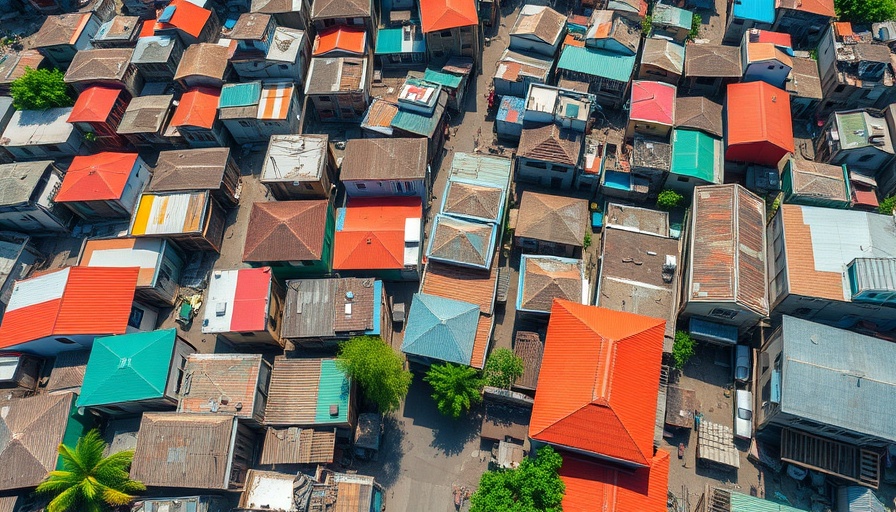
Understanding the New Intersection of Climate Change and Disease
Recent studies have surfaced compelling connections between climate change and the rise of zoonotic diseases—illnesses that jump from animals to humans. Findings published in Science Advances highlight that changes in climate could create "new vulnerabilities" that may push us into future pandemics. With increasing global temperatures, erratic rainfall, and extreme weather patterns, our planet’s biodiversity is becoming a breeding ground for disease outbreaks.
The Growing Risk of Zoonotic Diseases
This research identifies that roughly 9% of the world’s land area is currently at high or very high risk of an outbreak of diseases like Ebola, Zika, and even COVID-19. According to the World Health Organization (WHO), there are over 200 known zoonotic diseases, making the connection between climate and health a pressing concern for humanity's future.
Climate as a Catalyst for Disease Spread
The alarming increase in zoonotic diseases can largely be attributed to climate shifts that favor the proliferation of pathogens. With warmer and wetter climates come more conducive environments for viruses and bacteria to thrive. This fact underscores the critical nature of sustainable living practices and highlights why reducing our carbon footprint is something we cannot ignore.
The Importance of Biodiversity
Encountering wildlife and living near areas rich in biodiversity exposes humans to many pathogens. As human populations expand into forested and natural habitats, the potential for disease transmission only increases. This illustrates the value of environmental conservation and emphasizes the necessity of ongoing sustainability initiatives to mitigate climate change.
Counterarguments in the Research Community
While this research primarily presents a dire warning, it has also faced criticism. Some scientists argue that a one-size-fits-all global risk assessment oversimplifies complex issues surrounding zoonotic disease transmission. Thus, there's a call for localized research that considers specific regional factors. The debate among experts demonstrates just how multifaceted the interplay of climate change and human health can be.
Future Insights and Opportunities for Action
As the climate crisis deepens, predictions suggest that zoonotic diseases will evolve and emerge more frequently. This points to a critical need for enhanced public health responses and education on the impact of climate change on our health. By investing in renewable energy sources, promoting a circular economy, and supporting green businesses, we can play a role in reducing this risk.
Actions You Can Take Today
The silver lining is that there are proactive steps individuals can take to contribute to a sustainable future. The push for eco-friendly products, practices like composting and reducing plastic pollution, and engaging in community gardens are all ways to make an impact. Not only do these activities promote individual health, but they also address larger environmental challenges.
What Does This Mean for Our Future?
Our understanding of climate change and its impact on health is still evolving. It's crucial that we acknowledge the intricate connections at play and adjust our habits accordingly. Keeping informed about sustainable lifestyle choices, ethical sourcing, and clean energy options can help foster a culture of sustainability across communities.
In conclusion, as we confront the dual challenges of climate change and public health crises, it's imperative to adopt practices that not only minimize our ecological impact but also promote overall health. From shifting to renewable energy to embracing a vegan lifestyle and supporting zero waste initiatives, every small step counts toward securing a healthier planet for future generations.
Take action to align your lifestyle with sustainable practices. Support green businesses, reduce your waste, and get involved in initiatives aimed at environmental conservation. Together, we can create a more resilient future.
 Add Row
Add Row  Add
Add 



Write A Comment